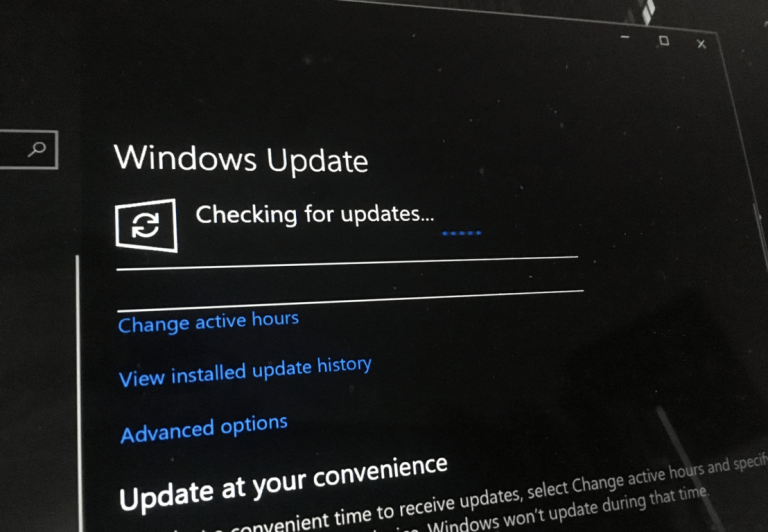If you stopped Windows 10 from automatically install system updates on your PC, you’re probably not alone. Many Windows users actually do this to avoid PC reboots while they’re busy, or buggy patches. As a matter of fact, Microsoft acknowledged last week some gaming performance issues with the latest patch for Windows 10 version 1809, recommending users to uninstall it.
Uninstalling a buggy patch that has been automatically installed on a PC is something Windows 10 users should never have to do, and it seems Microsoft finally agrees. Indeed, in a support page published yesterday and discovered by Windows Latest, the company explains that if Windows 10 detects that a recently installed update is causing serious problems on a PC such as startup failures, the OS will try to resolve it by uninstalling this update, though this will only be done as a last resort.
Windows automatically installs updates to keep your device secure and running at peak efficiency. Occasionally, these updates can fail due to incompatibility or issues in new software. Your device has recently recovered from a startup failure if you have received this notification: “We removed some recently installed updates to recover your device from a startup failure.” If Windows detects this, it will try to resolve the failure by uninstalling recently installed updates. This is only done when all other automatic recovery attempts have been unsuccessful.
If you ever end up in this situation, Microsoft also explained that Windows 10 will also prevent the automatic installation of “problematic updates” for the next 30 days to give the company some time to investigate any issues. This seems to be a positive change, though we hope this will be as effective as it sounds in practice. By the way, Microsoft will release new “Patch Tuesday” updates for all supported versions of Windows 10 later today, so stay tuned to OnMSFT if you want to get all the details about these new patches.


